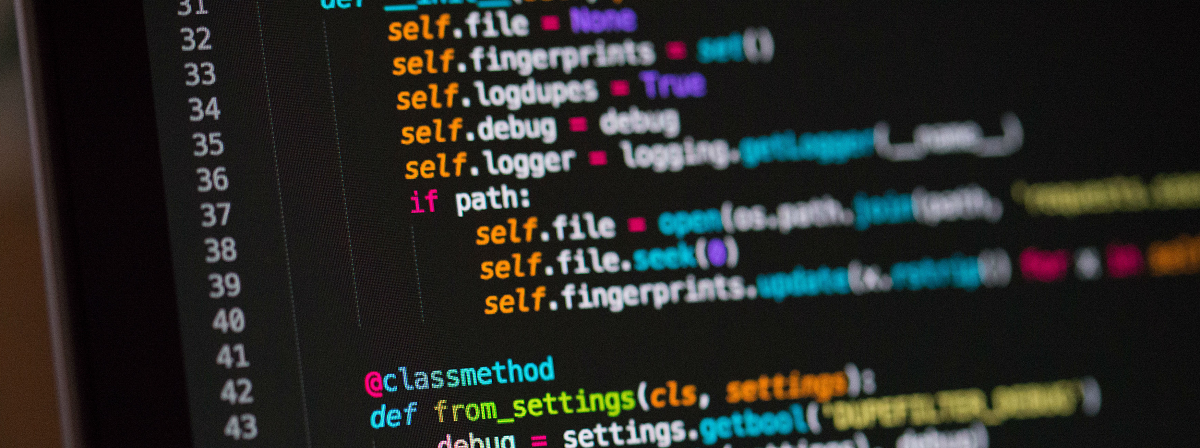 function "do_gettimefoday" is used to get the time value in kernel.
function "do_gettimefoday" is used to get the time value in kernel.
struct timeval time;
unsigned long local_time;
do_gettimeofday(&time); local_time = (u32)(time.tv_sec - (sys_tz.tz_minuteswest * 60)); rtc_time_to_tm(local_time, &tm);
printk(" @ (%04d-%02d-%02d %02d:%02d:%02d)\n", tm.tm_year + 1900, tm.tm_mon + 1, tm.tm_mday, tm.tm_hour, tm.tm_min, tm.tm_sec);
Simple setup to configure a local repository in your own machine for our own development.
The first step is to create a new user in your machine called git. You can use any other name of your choice. I have chosen the name git just for clarity in usage
$ sudo adduser git
Well, recently I moved my development environment from ubuntu 15.10 to 16.04 LTS. After installing XSDK and Petalinux 15.2
$ petalinux-build
INFO: Checking component...
Load Address is RAM location where the kernel binary image is to be copied. Entry Point is the Location of the copied binary to be executed by uboot to boot kernel.
Your RAM is mapped at 80000000 and kernel LOAD ADDRESS is 80008000. bootm command uncompress the uImage from copied image location to 80008000 address and then calls the kernel entry point (may be the same address : 80008000) to execute the kernel.
All the pins in SOC are not GPIO. A specific group of pins mapped as GPIO. Other pins are configured for specific protocols like DDR, SPI, I2C... etc. GPIO is generic pins can be used for any purpose based on user requirement. It can be used for handling IRQs, trigger Resets, Glow LEDs..etc.
for example, Consider a FPGA is connected to SOC via GPIOs. User need to program the FPGA via these GPIO pins. In SOC side user need to write a specific program with mentioned sequence to drive those GPIO to program the FPGA config file
Instagram Without API
Could not reach Instagram server
 function "do_gettimefoday" is used to get the time value in kernel.
function "do_gettimefoday" is used to get the time value in kernel.

Recent comments
$host =…